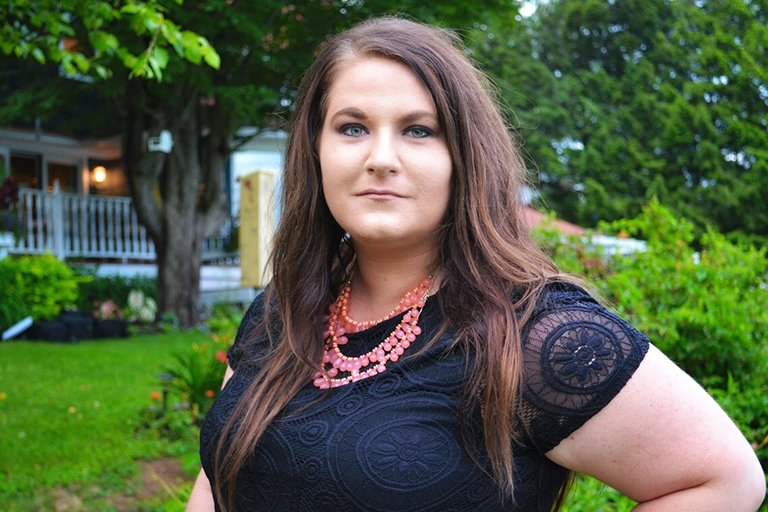When ComArtSci Ph.D. candidate Lindsay Hahn was an undergrad, she wasn’t sure of what she wanted to study. Eighteen majors later, she finally found her calling: communication.
While taking a media effects class, Hahn became fascinated by the relationship between empathy and media. These days, we’re able to feel empathy for people across the world, due to the constant bombardment of information we receive from the media. It was this ability to make connections through the use of media that sparked Hahn’s interest in communication.
Media Effects in Children
Hahn’s current research focuses on children, and how media can impact their implicit values, or underlying sensitivities toward what they think is right or wrong. Depending on the child and the media they’ve been exposed to, different events may evoke different moral responses.
In order to determine these responses, Hahn crafted a study that involved showing kids four versions of a comic book with varying morals. One version shows the main character interested in caring for others, one shows her being fair to others, one being loyal to others and the last her obeying her authority figures.
“At four specific plot points in these comics, we altered the text so that the main character’s focus was on one of these moral dimensions,” said Hahn. “So we had kids aged 10 to 13 read these comics and then we looked to see how much they valued each moral dimension.”
Her findings were clear: depending on the comic they read, each child was more likely to value that specific moral dimension. The results Hahn found in children were also stronger than those found in adults in previous studies.
“Previous researchers have always said that kids are more malleable, you can shape what they think a little bit easier, so we should see stronger effects in kids,” said Hahn. “And with this study, we actually did. It was kind of surprising because the outcomes that we’ve seen in kids have been relatively strong.”
Changing Behavior
Hahn is in the process of replicating this study and extending it to see if reading a comic with a specific moral focus could also inform a child’s behavior.
“We’re going to give kids tokens, essentially like money, and they’re going to read the comics again and then have the ability to share their tokens with people that represent these moral dimensions,” said Hahn. The idea is that if a story can make a moral dimension salient in your mind, you may be more likely to share with someone who evokes in you that same moral dimension.”
For example, one of the people the children can share with will be sad. Hahn is hoping that this will invoke sharing in those that read the caring comic, since they’re most likely to feel compassionate. However, if they read a comic focusing on loyalty, they’ll be more likely to share with somebody who’s on their “team”, such as somebody that might be wearing the same color shirt or is in the same grade.
“A lot of previous research has shown that if kids view morality in media content, they’re more likely to act pro-socially or act in a manner that is good for society,” said Hahn. “So if they see sharing, they’ll share afterward. But we think that how they share will differ based on which moral dimension we’re appealing to.”
Discovering the “Why”
Though countless research studies have determined varying degrees of media’s effects, there is still disagreement on exactly why this is the case. Hahn notes that many researchers have their own ideas about how media can affect people’s attitudes, but she thinks the effect may come on a deeper level than that.
“In many ways we still don’t know, despite all of the studies that have been done, why there is an effect,” said Hahn. “By taking into account these moral dimensions, we see evidence of why media are affecting us on this intuitive level and making us care more about some moral dimensions than others.”
Media in general tends to get a bad rep. We often hear about the negative effects social media or video games can have on children in particular. Hahn understands the importance of analyzing both the good and the bad when it comes to media. By looking at media from all angles, she’s hoping to create a holistic view of its effects.
“People are always saying, ‘oh the children, think of the children’ but what our research is showing is that media can have some pretty good effects too,” said Hahn. “The relationship between media and audiences is complex. Depending on the context cues that you might give someone in a media message, media can actually have some positive effects on children’s values as well.”
By Katie Kochanny
